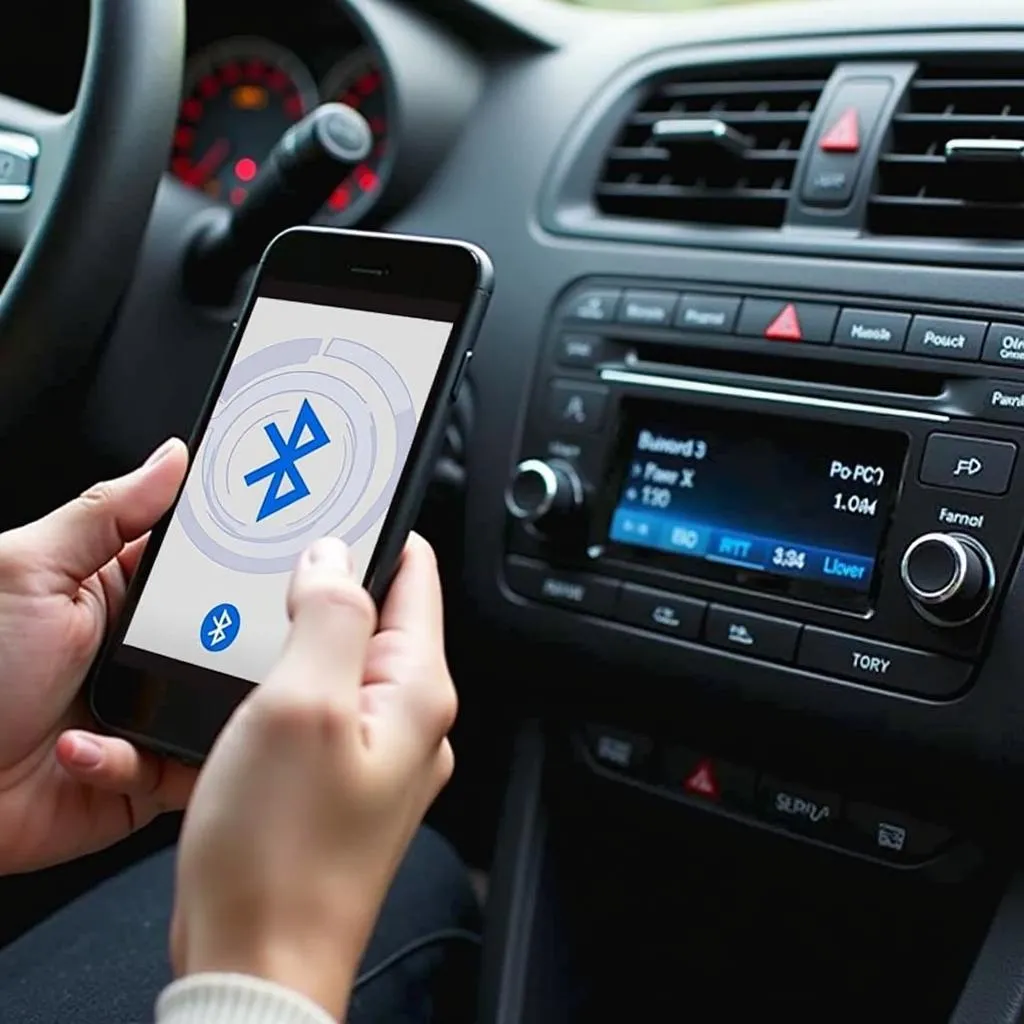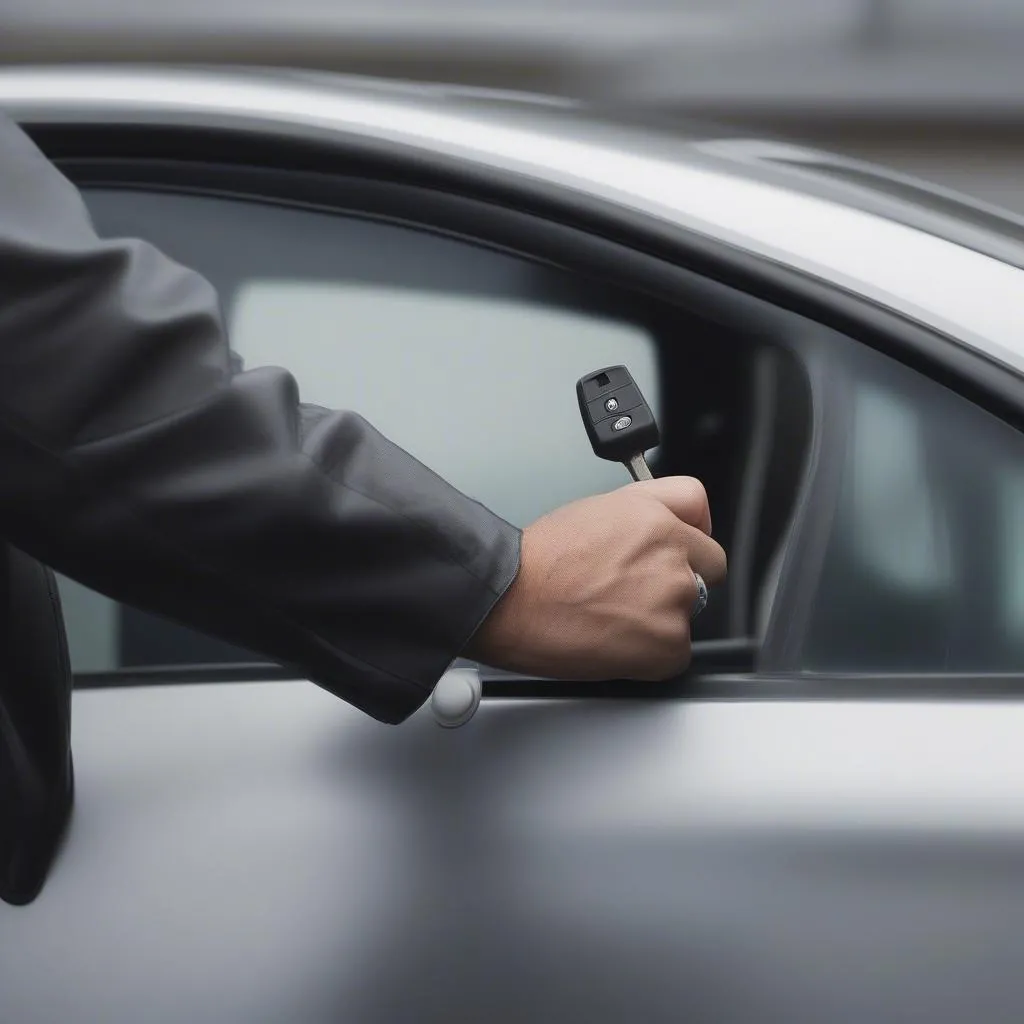Owning a vintage car is a labor of love. The sleek lines, the rumble of the engine, the scent of aged leather – it all adds up to an experience that’s simply irreplaceable. But let’s face it, those classic radios, while charming, often fall short in our modern world of smartphones and streaming services. You find yourself yearning for the convenience of Bluetooth connectivity without sacrificing the authentic vintage aesthetic. Well, good news! You can absolutely enjoy the best of both worlds. This article delves into how to seamlessly integrate Bluetooth technology into your vintage ride.
Understanding the Challenge: Blending Modern Tech with Classic Cars
Classic car radios were designed for a different era – an era before digital audio and wireless connectivity. They primarily functioned to receive AM/FM signals, and some lucky enough boasted a cassette player. Trying to play your favorite Spotify playlist through a vintage car radio is, to put it mildly, a challenge.
Common Issues with Vintage Car Radios:
- Limited Functionality: AM/FM radio only, maybe a cassette player, but no USB, AUX input, or Bluetooth connectivity.
- Deterioration Over Time: Years of use can lead to faulty wiring, blown speakers, and degraded sound quality.
- Incompatible Technology: Vintage radios simply weren’t designed to interact with modern smartphones or digital music players.
Bridging the Gap: Options for Bluetooth in Your Vintage Vehicle
Don’t worry, you don’t need to turn your classic car into a science project to enjoy modern audio features. There are solutions designed to seamlessly blend modern technology with your vintage aesthetic.
Bluetooth Adapters: A Simple and Effective Solution
One of the easiest and most cost-effective ways to add Bluetooth to your vintage car radio is with a Bluetooth adapter. These nifty devices come in various forms and connect to your existing radio through an auxiliary input or even through the cigarette lighter socket.
- How it Works: The Bluetooth adapter acts as a bridge between your vintage radio and your smartphone. Simply pair your phone to the adapter, and you can stream your favorite music wirelessly.
- Pros: Affordable, easy to install, doesn’t require any modifications to your original radio.
- Cons: Sound quality might not be as good as a dedicated Bluetooth head unit, limited functionality compared to more advanced options.
Hidden Bluetooth Conversion Kits: Preserving the Vintage Look
For those who want a truly integrated experience, hidden Bluetooth conversion kits are the way to go. These kits are designed to be installed behind your existing dashboard, keeping the original look of your vintage radio intact.
- How it Works: The kit typically includes a small module that connects to your car’s wiring harness and a hidden control panel. You control the Bluetooth functions from the control panel, while the music plays through your original car speakers.
- Pros: Maintains the classic look of your dashboard, offers better sound quality compared to some adapters, provides a more integrated feel.
- Cons: Installation can be more complex, might require professional installation, generally more expensive than simple adapters.
Replacing the Head Unit: Going All Out for Modern Features
If you’re looking for a full-blown modern audio experience, replacing your vintage head unit with a modern Bluetooth-enabled one is an option. There are head units available that are designed to mimic the look of vintage radios while packing in all the modern features you desire.
- How it Works: You remove your old radio and install the new Bluetooth head unit in its place. This usually involves some wiring work, but the process is relatively straightforward for someone with basic car audio installation knowledge.
- Pros: Access to the full range of modern features (Bluetooth, USB, AUX, satellite radio, etc.), often comes with improved sound quality.
- Cons: Alters the original look of your dashboard, can be the most expensive option.
Diagnosing Audio Issues in Your Vintage Car: Is It Hardware or Software?
Before you embark on upgrading your car’s audio system, it’s important to diagnose any existing issues to determine if they stem from hardware or software problems.
Signs of Hardware Problems:
- No Sound at All: This could indicate a blown fuse, a problem with the wiring, a faulty head unit, or blown speakers.
- Distorted Sound: Distorted sound can point to damaged speakers, a failing amplifier, or a loose connection in the wiring.
- Intermittent Sound: Intermittent sound problems can be particularly frustrating and often suggest a loose connection, a failing component, or an issue with the antenna.
Identifying Software Issues:
While less common in vintage car radios, software issues can sometimes arise, especially if you’ve already installed a Bluetooth adapter or a modern head unit.
- Bluetooth Connectivity Problems: If you’re having trouble connecting your phone to the Bluetooth system, it could be due to a software glitch or compatibility issues.
- Erratic Behavior: This could include the radio randomly switching inputs, volume fluctuating on its own, or the system freezing up entirely.
Troubleshooting and Repair: Getting Your Hands Dirty (Or Calling in the Pros)
For those comfortable with basic electronics, many vintage car radio issues can be diagnosed and repaired at home. Here’s a general approach to troubleshooting audio problems:
- Check the Fuses: Start with the basics and ensure the fuse connected to your car radio is in working order.
- Inspect the Wiring: Carefully examine the wiring behind the radio and speakers for any loose connections, frayed wires, or signs of damage.
- Test the Speakers: If possible, test the speakers individually to see if they’re functioning correctly. You can do this with a simple multimeter or by connecting them to another audio source.
If the problem seems more complex or you’re not comfortable working on your car’s electrical system, it’s best to consult with a qualified automotive electrician. They have the expertise and tools to diagnose and repair even the most challenging electrical issues.
FAQs: Common Questions About Bluetooth in Vintage Cars
Can I add Bluetooth to any vintage car radio?
While there are many options available, the feasibility depends on your specific radio and car model. It’s always best to consult with a car audio professional or do thorough research on your car model to determine the best approach.
Will installing Bluetooth void my car’s warranty?
If your car is still under warranty, it’s crucial to check with your dealer or manufacturer before making any modifications to the electrical system, including adding Bluetooth. Some installations may void your warranty.
What about preserving the classic look of my dashboard?
Several options cater to this concern. Hidden Bluetooth conversion kits are specifically designed to integrate seamlessly behind your existing dashboard, preserving the vintage aesthetic.
Do I need any special tools to install a Bluetooth adapter or conversion kit?
The tools required vary depending on the specific product and car model. Some installations might be simple plug-and-play affairs, while others may require more advanced tools and expertise.
Conclusion: Enjoying the Best of Both Worlds with Cardiagtech
Integrating Bluetooth into your vintage car doesn’t have to be a daunting task. Whether you choose a simple Bluetooth adapter, a hidden conversion kit, or a full head unit replacement, there’s a solution out there to bring your classic car into the digital age. And remember, CARDIAGTECH offers a range of diagnostic and programming solutions for modern vehicles. We understand the delicate balance between preserving classic car charm and embracing modern conveniences. Contact us today, and let’s discuss how we can help you create the ultimate driving experience, blending classic style with modern technology.
Please note that this article provides general information and should not be considered professional installation advice. Always consult with a qualified automotive electrician for specific guidance on your vehicle.


